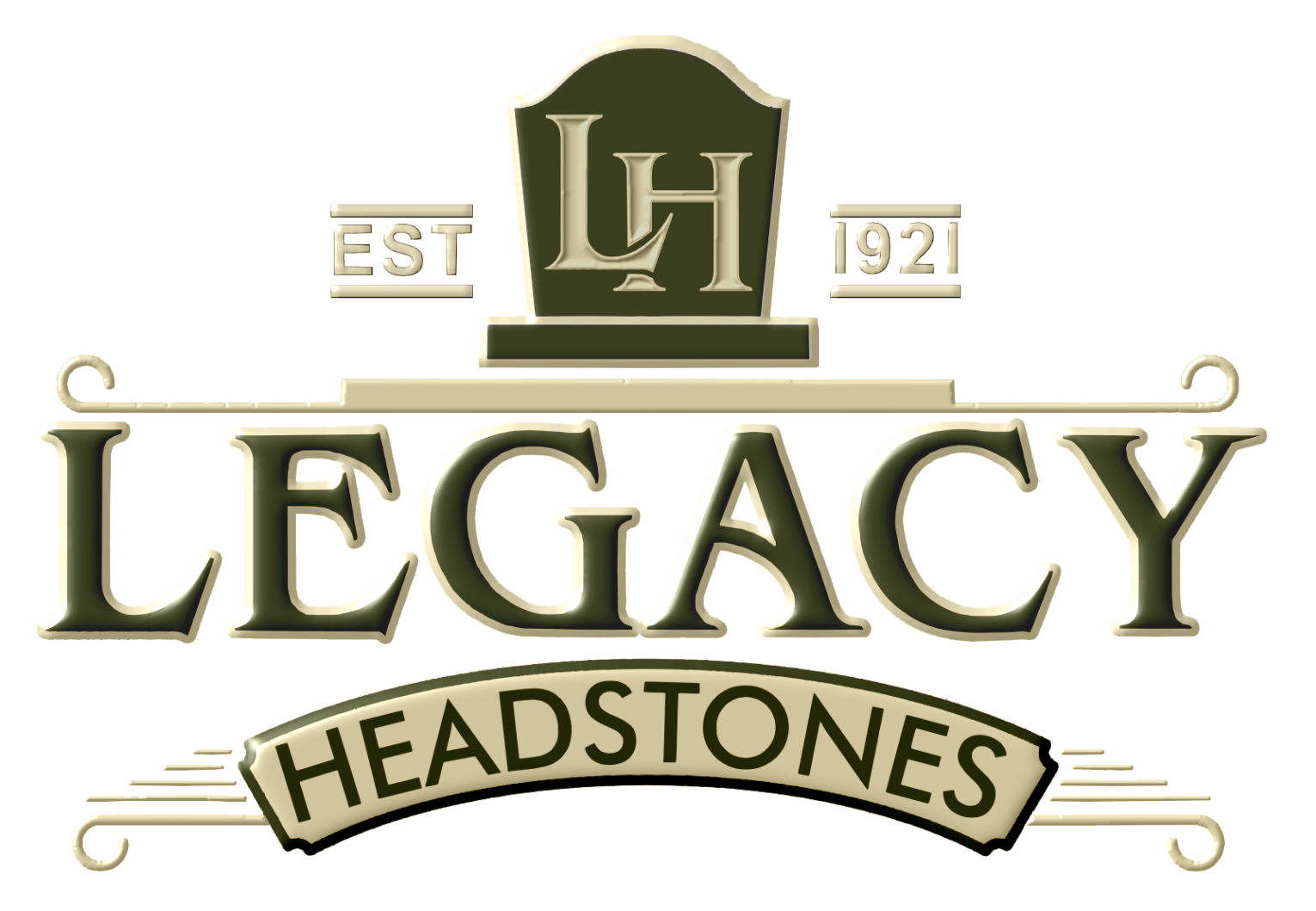Beginning in Europe during the mid-12th Century and lasting until the 16th Century, masons, woodworkers, and architects created things with a particular style, characterized by cavernous spaces with expanses of walls broken up by overlaid tracery. This style was called 'Gothic.'
Within the United States, the Gothic Revival began in the late 18th Century, with only small features of the Gothic style spanning across Europe incorporated into masonry, but a few decades later, the Gothic style of architecture was primarily seen within churches and graveyards. Chapels, headstones, and mausoleums could showcase these simple gothic designs or intricate, masterful craftsmanship that seemed otherworldly.
Today, we explore two of the world's most dark, haunting, yet undeniably beautiful gothic wonders of cemeteries that deserve note.
What Are The Hallmarks of Gothic or Gothic Revival?
In Gothic architecture, some unique and identifying features that characterize this style are:
- Long pointed arches
- Flying exterior buttresses
- Stained-glass windows that were longer and taller than ever before
- Ribbed vaults and spires
Gothic style evolved from Romanesque styles, and eventually, Gothic gave way to what is known as the Renaissance style.
Gothic Revival occurred between 1830 and roughly 1860, and it featured:
- Asymmetrical floor plans
- Pointed, arched windows
- Ornamental bargeboards
- Cross gables
- Distinctive arches
- Pitched rooves
- Wooden ceiling beams
Gothic Revival styles can be seen both residentially and in non-residential architecture. Stained glass windows were also famous hallmarks of the Revival, as a nod to the original Gothic style.
West Norwood, London
One of London's most spectacular cemeteries, West Norwood opened initially as the South Metropolitan Cemetery in 1837. Considered one of ""The Magnificent Seven,"" cemeteries that opened on London's outskirts in the early Victorian period, West Norwood has some of the most hauntingly beautiful examples of gothic architecture and masonry worldwide. Grand tombs, massive monuments, and exquisite mausoleums are laid out along landscaped paths and mature trees. These beautiful vistas help showcase some of the wealthiest patrons' graves in what once was the most famous burial place due to its stunning location.
West Norwood, from its initial concept, was built as a Gothic Revival cemetery, and the Gothic style can be spotted in several of its most famous graves. In West Norwood cemetery, everything from Celtic crosses, Egyptian obelisks, and even mini-Roman temples can be found, with countless cherubs, life-like scrolls, doves, draped urns, and mausoleums themselves the size of two-car garages.
Green-Wood Cemetery, Brooklyn, New York
Sprawling over 478 acres, Green-Wood Cemetery was founded in 1838 as a rural cemetery in a time of rapid urbanization. Churchyards in New York were quickly becoming overcrowded. The idea for the cemetery began with Henry Evelyn Pierrepont, a Brooklyn resident and social leader. Pierrepont wanted a naturalistic park-like landscape reminiscent of English architecture.
Green-Wood Cemetery was designed by several architects, David Bates Douglass Gates, Richard M. Upjohn Chapel, Warren & Wetmore Weird Greenhouse, and G. Curtis Gillespie. It is considered "Brooklyn's first public park by default, long before Prospect Park was created."
Rolling hills and dales, with several ponds, are dotted with some of the most impressive private mausoleums and sculptures in the Gothic style. Some of the most beautiful designs include:
- Designed by a teenage girl and not an architect, Charlotte Canda, whose French parents ran a finishing school in New York, sketched a design for her Aunt's memorial. A year later, Charlotte passed in a tragic carriage accident, and her father took her sketch to sculptor Robert Launitz to finish the design and craft a suitable monument. Launitz worked with fellow sculptor John Franzee, and the result can be likened to a Gothic wedding cake created from marble. The inside and center housed a space that reminded one of a cavern, and Launitz carved a statue of Charlotte in the party dress she wore on that tragic night.
- The Matthews Mausoleum or Matthews Monument is a spectacular example of Gothic architecture with its pointed arches and extremely detailed gargoyles at four corners created from terra cotta. When it rains, water pours through the gargoyle's mouths. Below these arches rests an effigy of John Matthews created from marble—but as it was carved from this soft stone, the effigy today has shown much wear from rainwater and acid rain. While in England, John Matthews began constructing soda fountains and adding carbonation to drinks. He took his ideas and talents to New York City, where he established a business that quickly became a tremendous success, popularizing flavored carbonated drinks and pioneering the elaborately decorated soda fountain. Matthew, or his heirs, hired sculptor Karl Müller to create this breathtaking monument.
These stunning cemeteries are just two examples of the dark and haunting yet strangely beautiful architectural wonders of cemeteries. This historical style can be seen in graveyards, churches, chapels, castles, and even homes worldwide and across the United States. Gothic monuments, mausoleums, and cathedrals are some of the most recognizable and magnificent building feats. It is a style that, perhaps, represents human life: transportive, ethereal, and reminding the viewer to lift their gaze toward heaven.

